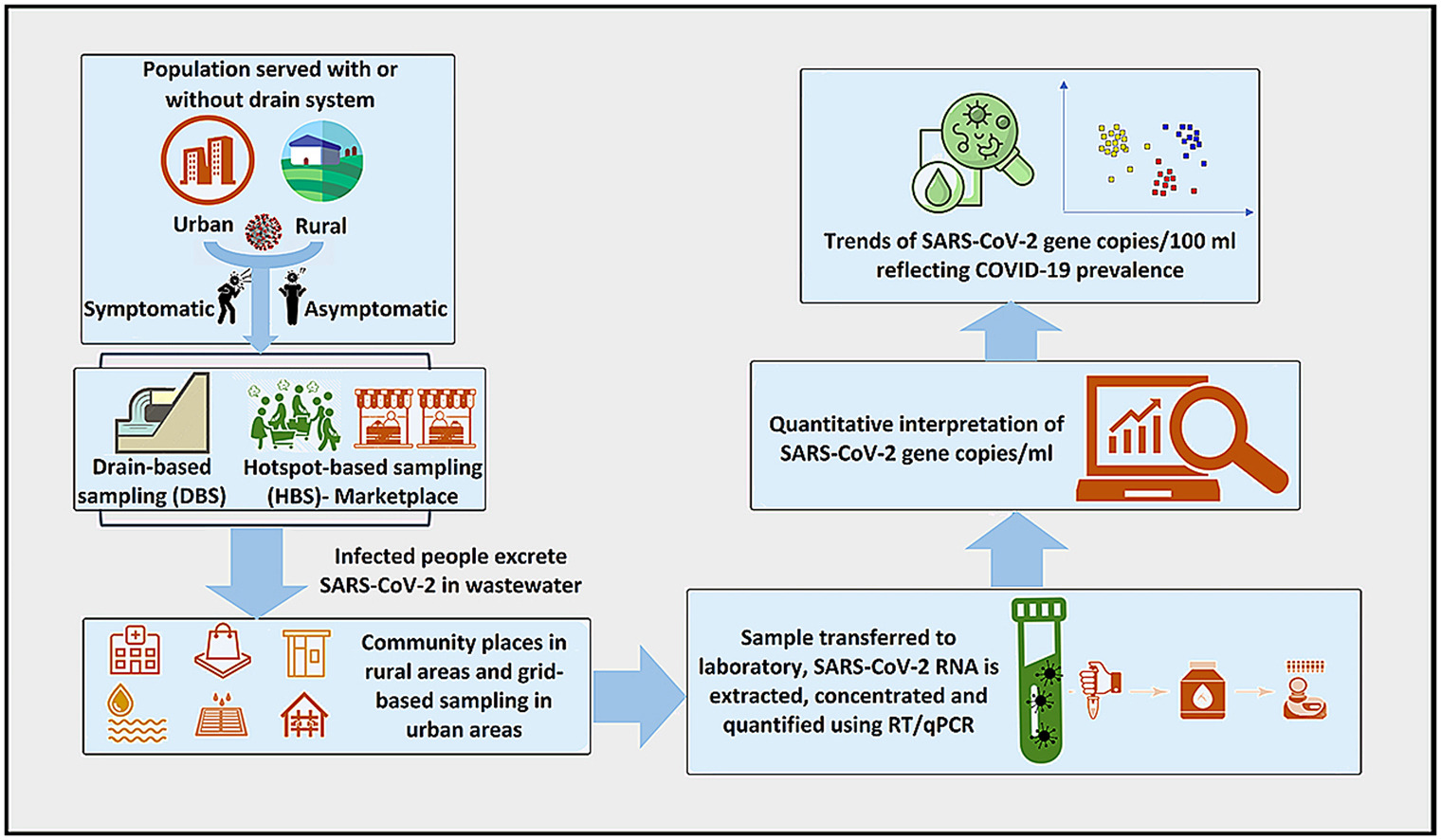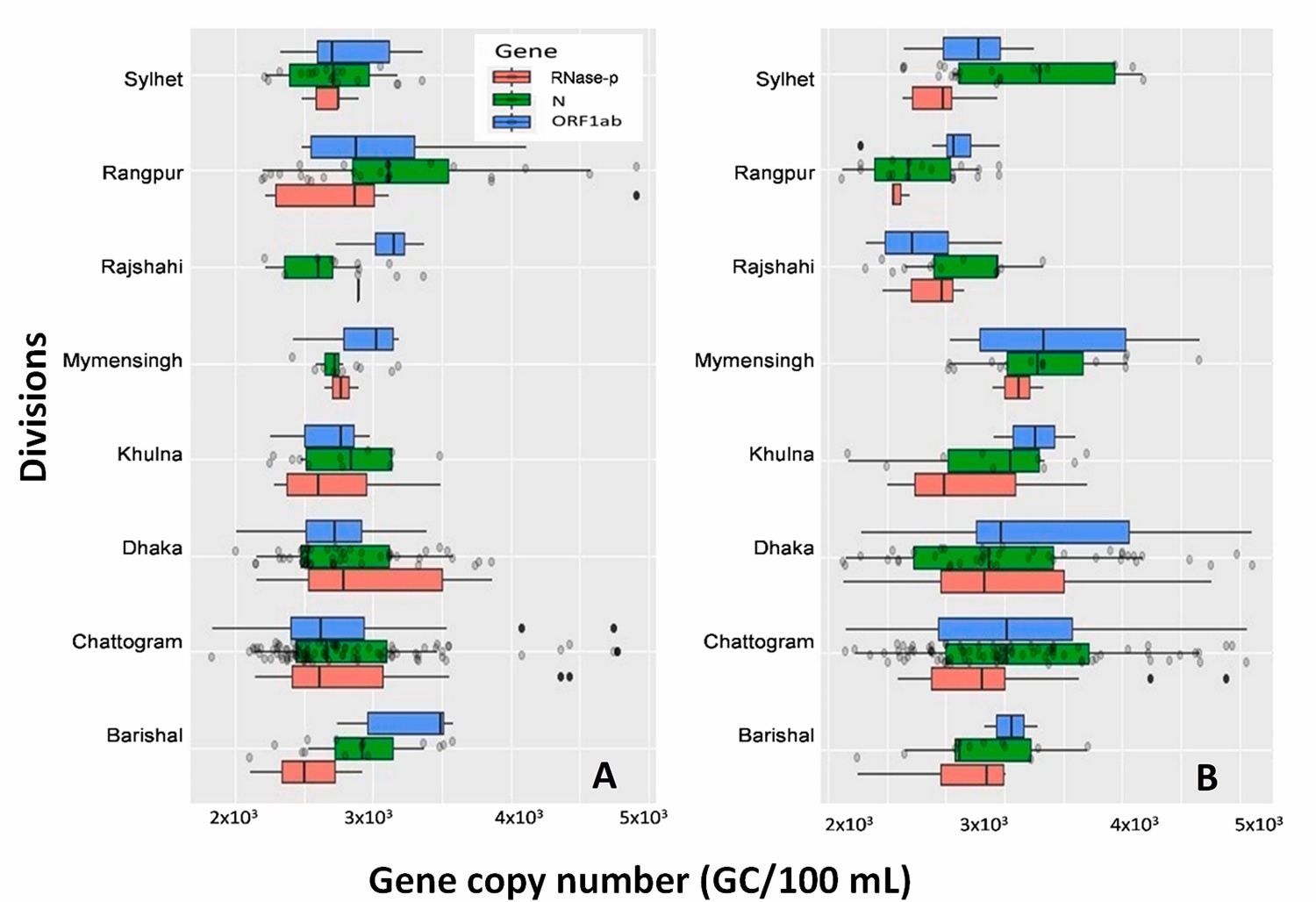This groundbreaking research, published in Environmental Pollution, pioneers a method for tracking the spread of COVID-19 in developing countries that lack modern, centralized sewage systems. The study focuses on a powerful public health tool called Wastewater-Based Epidemiology (WBE). The principle of WBE is simple: individuals infected with SARS-CoV-2 shed the virus's genetic material (RNA) in their feces. By testing wastewater, scientists can determine the level of infection within an entire community. This is incredibly valuable because it can detect a rise in infections days or even weeks before people begin to show symptoms and seek clinical testing, acting as an effective early warning system. However, this technique has been primarily used in developed nations where wastewater is collected through a network of pipes and funneled to a central treatment plant, making it easy to collect a representative sample. This study tackles the significant challenge of applying WBE in a country like Bangladesh, where most of the population, particularly in rural areas, uses onsite sanitation systems like septic tanks or latrines, with no unified sewage collection.
To overcome this challenge, the researchers designed two innovative sampling strategies specifically for this environment. For urban areas, which often have open drains but no centralized treatment plants, they developed a "Drain-Based Sampling" (DBS) method. This involved carefully selecting major drainage channels that collect wastewater from large residential and commercial catchments. For rural areas, where even drains are uncommon, they created a clever "Hotspot-Based Sampling" (HBS) method. This approach identified places where people congregate and where wastewater from the community would naturally accumulate. These hotspots included bustling marketplaces, bus stations, and community ponds. The rationale was that these locations would serve as de facto collection points, providing a sample representative of the broader population. To validate these methods, the team conducted a large-scale surveillance project, collecting 168 wastewater samples from 14 districts across Bangladesh during two separate peak pandemic waves. This comprehensive approach provides a practical model for how WBE can be successfully implemented in other low-income countries with similar sanitation infrastructure.


